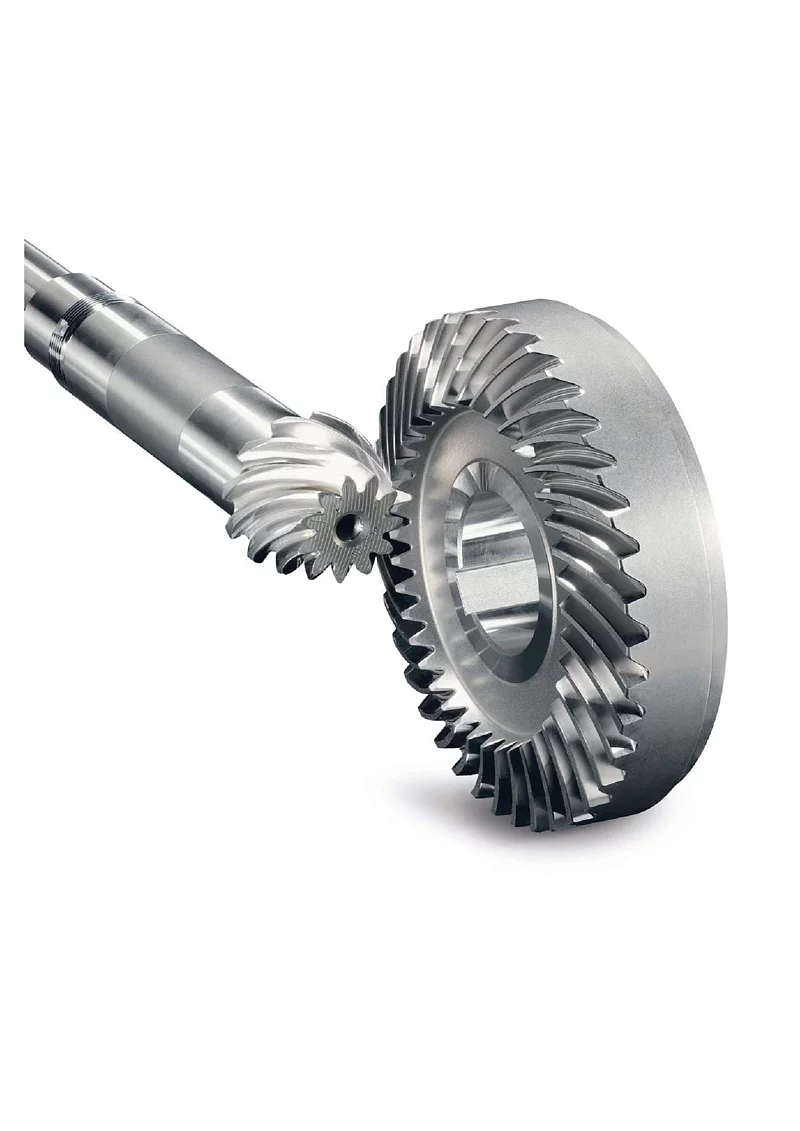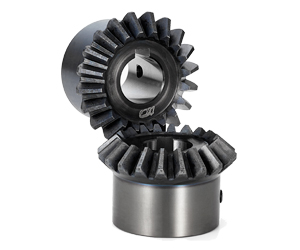Product Description
miniature small helical Stainless Steel Sintered Metal plastic spiral miter straight 90 degree Forged straight zerol forging bevel gear gears
| Application: | Motor, Electric Cars, Motorcycle, Machinery, Marine, Toy, Agricultural Machinery, Car |
|---|---|
| Hardness: | Hardened Tooth Surface |
| Gear Position: | Internal Gear |
| Manufacturing Method: | Rolling Gear |
| Toothed Portion Shape: | Spur Gear |
| Material: | Stainless Steel |
| Samples: |
US$ 9999/Piece
1 Piece(Min.Order) | |
|---|

Can miter gears be used in high-torque applications?
Miter gears can indeed be used in high-torque applications, although there are certain considerations to keep in mind. Here’s a detailed explanation:
Miter gears are capable of transmitting significant amounts of torque due to their tooth design and load distribution characteristics. The interlocking tooth design of miter gears allows for efficient torque transfer between mating gears, minimizing power loss. Additionally, the load distribution across multiple teeth helps to distribute the torque and reduce stress concentrations on individual teeth.
However, the suitability of miter gears for high-torque applications depends on several factors:
1. Tooth Design:
The tooth design of miter gears plays a crucial role in their torque-carrying capacity. Spiral bevel gears, with their curved teeth, are particularly well-suited for high-torque applications. The curved tooth profile allows for increased contact area and smoother engagement, resulting in improved torque transmission and higher load capacity compared to straight bevel gears.
2. Gear Material and Hardness:
The material and hardness of the miter gears are important considerations for high-torque applications. The gears should be made from materials with high strength and wear resistance, such as alloy steels. Proper heat treatment and surface hardening techniques can further enhance the gear’s ability to withstand high torque loads and minimize wear.
3. Lubrication and Cooling:
Effective lubrication is essential for high-torque applications to reduce friction and heat generation. Lubricants help to minimize wear and ensure smooth gear operation. In some cases, additional cooling mechanisms, such as forced-air or liquid cooling, may be required to dissipate heat generated during high-torque operation.
4. Gear Size and Diameter:
The size and diameter of the miter gears can impact their torque-carrying capacity. Larger gears generally have larger contact areas and can handle higher torques. However, it’s important to consider the available space and operating constraints when selecting the gear size.
5. Backlash Control:
Backlash, the clearance between mating teeth, can affect the smoothness and accuracy of torque transmission. In high-torque applications, maintaining proper backlash control becomes even more critical to prevent any unwanted movement or play that could impact performance and reliability.
By considering these factors, engineers can select miter gears that are suitable for high-torque applications. It’s important to consult gear manufacturers and design experts to ensure the gears are properly sized, designed, and manufactured to handle the specific torque requirements of the application.

What is the role of the pitch angle in miter gear design?
In miter gear design, the pitch angle plays a significant role in determining the characteristics and performance of the gears. Here’s an explanation of its role:
1. Definition of Pitch Angle:
The pitch angle in miter gear design refers to the angle between the gear’s tooth face and a plane perpendicular to the gear’s axis. It is typically denoted by the Greek letter “β” (beta). The pitch angle determines the shape and orientation of the gear teeth.
2. Tooth Profile:
The pitch angle influences the tooth profile of miter gears. By altering the pitch angle, the shape, size, and thickness of the gear teeth can be adjusted. Different pitch angles result in variations in the tooth geometry, such as tooth thickness, tooth height, and the angle of the tooth face.
3. Contact Ratio:
The pitch angle affects the contact ratio between the gear teeth. The contact ratio refers to the number of teeth in contact at any given moment during the rotation of the gears. An appropriate pitch angle helps optimize the contact ratio, ensuring sufficient tooth engagement and load distribution across the gear surfaces. This contributes to smoother operation, reduced noise, and improved gear life.
4. Strength and Load Distribution:
The pitch angle influences the strength and load distribution capabilities of miter gears. A proper pitch angle ensures optimal load transmission across the gear teeth, preventing concentrated stresses and reducing the risk of tooth failure or breakage. By selecting the appropriate pitch angle, designers can achieve the desired strength and load-carrying capacity for the specific application.
5. Gear Efficiency:
The pitch angle also affects the efficiency of miter gears. By considering factors such as tooth contact, sliding friction, and tooth deflection, the pitch angle can be optimized to minimize energy losses during gear meshing. Efficient gear design with an appropriate pitch angle contributes to higher overall system efficiency and reduced power consumption.
6. Noise and Vibration:
The pitch angle plays a role in determining the noise and vibration characteristics of miter gears. Improper pitch angles can result in undesirable effects, such as excessive noise, vibration, and tooth impact. By carefully selecting the pitch angle, gear designers can minimize these effects, leading to quieter operation and improved gear performance.
7. Meshing Compatibility:
When using miter gears in pairs, the pitch angles of both gears should be compatible to ensure proper meshing and smooth operation. The pitch angles need to be designed and manufactured with precision to ensure accurate alignment and optimal tooth engagement.
In summary, the pitch angle in miter gear design influences the tooth profile, contact ratio, strength and load distribution, gear efficiency, noise and vibration characteristics, and meshing compatibility. By selecting an appropriate pitch angle, gear designers can achieve the desired performance, durability, and efficiency for specific applications.

What are miter gears and how are they used?
Miter gears are a type of bevel gears that have equal numbers of teeth and are used to transmit motion and power between intersecting shafts. Here’s a detailed explanation:
1. Gear Design:
Miter gears have a conical shape with teeth cut at an angle of 90 degrees to the gear’s face. The teeth are cut in a straight manner, similar to spur gears, but instead of being parallel to the gear’s axis, they are cut at a right angle to transmit motion between intersecting shafts.
2. Intersecting Shafts:
Miter gears are primarily used to transmit power and motion between two shafts that intersect at a 90-degree angle. The gear’s conical shape allows the teeth to mesh correctly when the shafts are perpendicular to each other.
3. Change of Shaft Direction:
Miter gears are commonly used to change the direction of rotation between intersecting shafts. By meshing the teeth of two miter gears, the input shaft’s rotational motion can be transferred to the output shaft at a 90-degree angle, effectively changing the direction of rotation.
4. Speed Reduction or Increase:
Depending on the arrangement of the miter gears, they can be used to achieve speed reduction or speed increase. By using different numbers of teeth on the miter gears or combining them with other gears, such as spur gears, the rotational speed can be adjusted to match the desired output speed.
5. Compact Design:
Miter gears are known for their compact design, making them suitable for applications where space is limited. The intersecting shafts and the conical shape of the gears allow for efficient power transmission while occupying a small footprint.
6. Applications:
Miter gears find applications in various industries and devices, including:
- Power transmission systems
- Automotive differentials
- Mechanical clocks
- Robotics
- Printing machinery
- Woodworking tools
- Camera lenses
In summary, miter gears are bevel gears with equal numbers of teeth that are used to transmit motion and power between intersecting shafts at a 90-degree angle. They are commonly employed to change the direction of rotation, achieve speed reduction or increase, and maintain a compact design in various mechanical systems.


editor by CX 2023-10-08